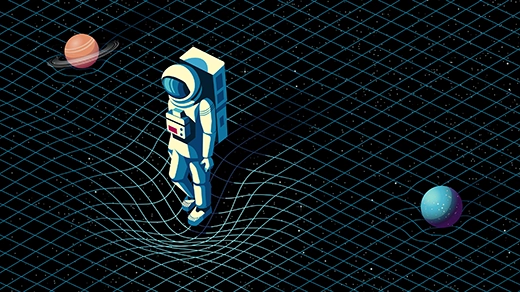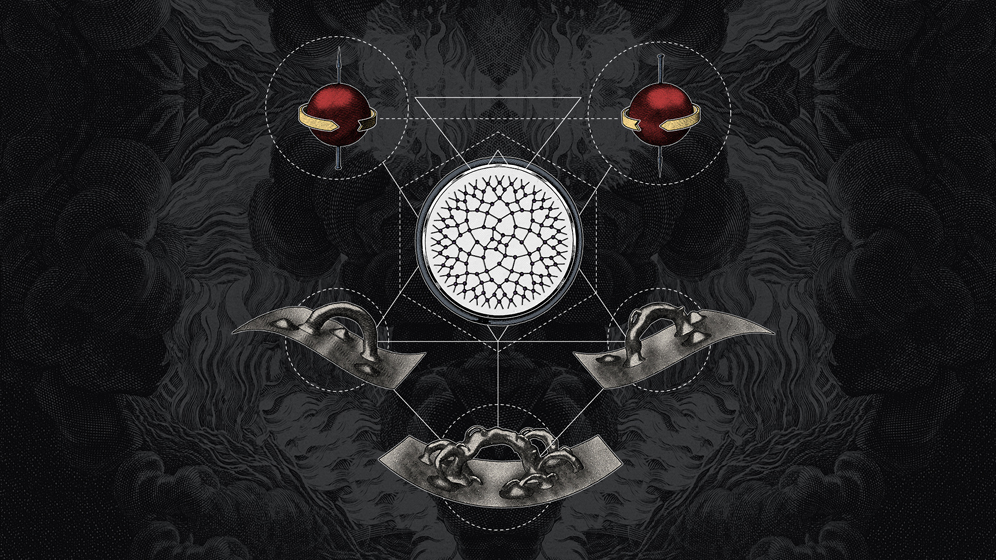In 1915, Albert Einstein’s field equations of gravitation revolutionized our understanding of space, time and gravity. Better known as general relativity, Einstein’s theory defined gravity as curves in the geometry of space-time, overturning Isaac Newton’s classic theory and correctly predicting the existence of black holes and gravity’s ability to bend light. But a century later, the fundamental nature of space-time remains shrouded in mystery: Where does its structure come from? What do space-time and gravity look like in the subatomic quantum realm?
The short answer is that we don’t know. But many physicists, writes Jennifer Ouellette in “How Quantum Pairs Stitch Space-Time,” have long “suspected a deep connection between quantum entanglement — the ‘spooky action at a distance’ that so vexed Albert Einstein — and space-time geometry at the smallest scales.” How might entanglement stitch together the structured fabric of space-time? One compelling recent idea, writes K.C. Cole in “Wormholes Untangle a Black Hole Paradox,” suggests that quantum entanglement “could be creating the ‘spatial connectivity’ that ‘sews space together,’ according to Leonard Susskind, a physicist at Stanford University and one of the idea’s main architects.” This idea, though still in its infancy, would solve the troublesome black hole firewall paradox and, enticingly, could help explain quantum gravity.
To illustrate how space-time might arise from quantum entanglement, Quanta Magazine invited Owen Cornec, a data visualization fellow at Harvard University’s John F. Kennedy School of Government, to imagine peeling back layers of space to find a network of entanglements. The resulting interactive presentation serves as the third installment of our series on “The Quantum Fabric of Space-Time.”
As you explore Cornec’s immersive virtual world, it’s worth noting that it does not attempt to convey how entanglement actually “sews space together” (no one knows what that would look like exactly, or even if this is how reality works), or to depict the holographic concept or the wormholes mentioned in the first two parts of this series.
In developing this interactive experience — with art guidance from Quanta designer Olena Shmahalo — Cornec said he used WebGL technology (check here if your browser supports WebGL; mobile devices and unsupported browsers will default to a screencast video) to create the three-dimensional environment. “I simply placed the Milky Way, Earth and 3-D networks in close succession so that we may easily fly through each level in a straight line,” he said, adding that he built a custom camera with logarithmic scaling to be able to quickly zoom from the astronomically large to the infinitesimally small.



